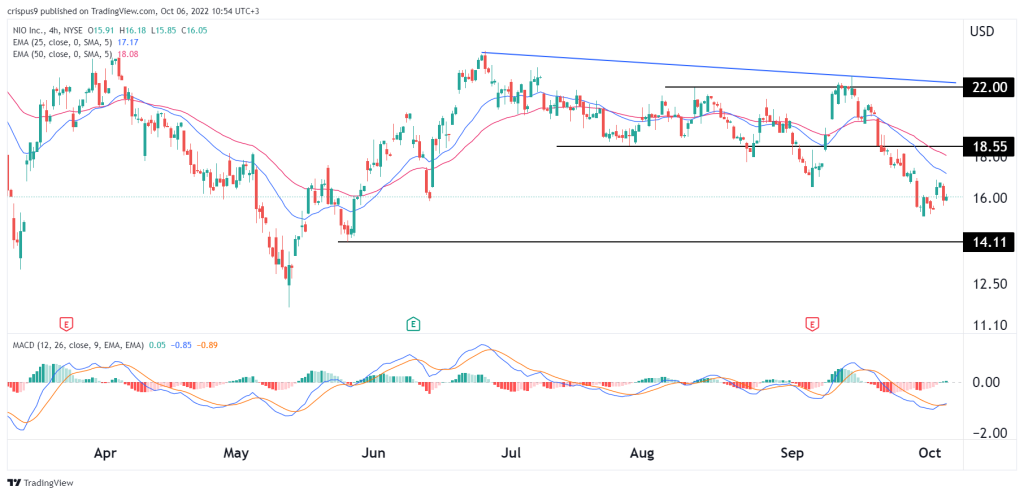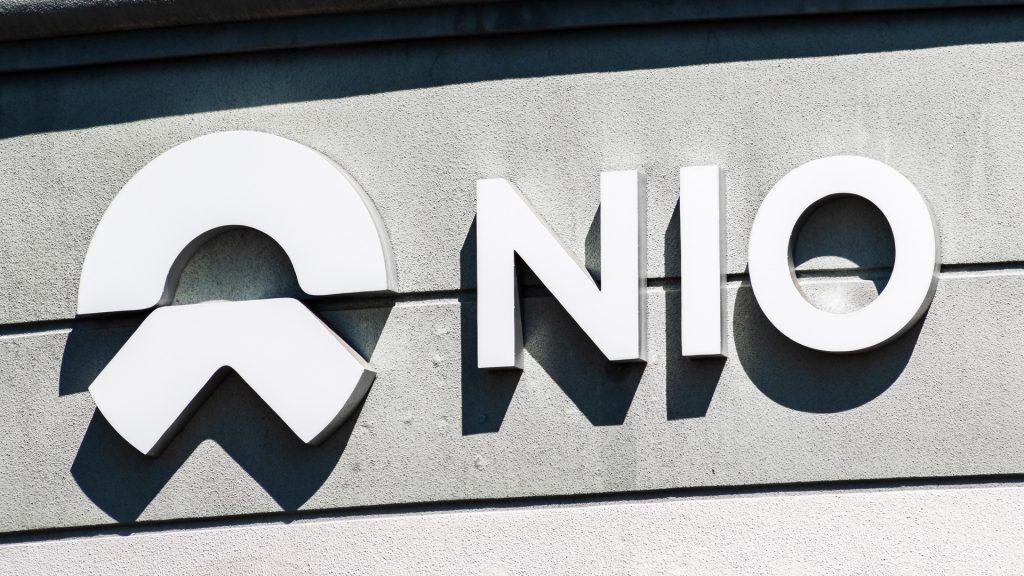- Summary:
- Nio stock price has been in a downward trend in the past few months as concerns about the Chinese economy continues.
Nio stock price has been in a downward trend in the past few months as concerns about the Chinese economy continues. The shares collapsed to a low of $16, which was the lowest level since May 27th of this year. It has crashed by more than 76% from the highest level in 2021, giving it a market cap of more than $25 billion.
Chinese slowdown concerns
Nio is a leading electric car company that has a substantial market share in China where it competes with the likes of Tesla and Xpeng. The firm generates most of its sales in China even as it continues to expand in other countries in Europe and Asia.
The biggest concern for Nio and other companies with exposure to China is that the economy is deteriorating substantially. Estimates are that the economy will underperform its Asian counterparts this year. The economy has been battered by substantially high unemployment levels, soaring inflation, a slumping real estate sector, and high debt levels. The Covid-zero strategy has contributed to the sitiation.
The impact of this slowdown is being een in the numbers the company has delivered recently. The company delivered 31,607 cars in the third quarter, up by 30%. While this number and growth was solid, it was weak than expected and a sign that the company’s growth is slowing. On a year-on-year basis, Nio recorded a growth rate of just 2% in September. In contrast, Li Auto had a 62.5% growth rate in the same period.
Nio stock price dropped even after the company released ET5, its latest product. It started delivering the car, meaning that the volume of deliveries is relatively small for now. In its first month, the company sold about 221 ET5s, which was about 5% of the cars the firm sold. A key challenge for Nio going forward is that its earnings per share (EPS) is falling as the cost of doing business rises.
Nio stock price forecast
The four-hour chart shows that the Nio share price has been in a strong bearish trend in the past few days. It has managed to move below the important support level at $18.55, which was the lowest level on July 8. The stock has crashed below the 25-day and 50-day moving averages and is below the key level at $22.
Therefore, the stock will likely continue falling as sellers target the next important support level at $14.11, which was the lowest level on May 25. A move above the resistance point at $17 will invalidate the bearish view.



